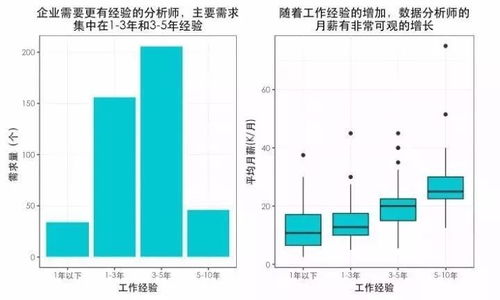这篇文章主要介绍了postgresql 存储函数调用变量的3种方法小结,具有很好的参考价值,希望对大家有所帮助。一起跟随小编过来看看吧。
一、假设有表student,字段分别有id,remark,name等字段。

二、写一个存储函数,根据传过去的变量ID更新remark的内容。
调用该存储函数格式如下:
1select update_student(1);
三、存储函数示例如下:
CREATE OR REPLACE FUNCTION public.update_student(id integer)
RETURNS text AS
$BODY$
declare sql_str_run text;
BEGIN
--method 3
update student set remark =now() where student.id=$1;
return 'update is ok' ;
end
$BODY$
LANGUAGE plpgsql VOLATILE
以上三种方法都可以实现同样的效果,实际应用中,可以结合场景来使用。比较简单的情况下直接用method 3。

比如,表名、字段名本身是变量,那么method 3 就无法实现,需要根据method 1或method 2来实现。
method 1或method 2 有什么区别呢?
如果需要拼的变量可以直接获取的,则用method2即可。如果变量本身也是需要需要通过函数或语句的计算来获得,一般建议用method 1,先拼成一个字符串,再调用execute来实现。
补充:postgresql存储函数/存储过程用sql语句来给变量赋值
--定义变量
1a numeric;
方式一:

1select sqla into a from table1 where b = '1' ; --这是sql语句赋值
方式二:
sql1:= 'select a from table1 where b = ' '1' ' ';
execute sql1 into a; --这是执行存储函数赋值
文章来源:脚本之家
来源地址:https://www.jb51.net/article/204911.htm


















